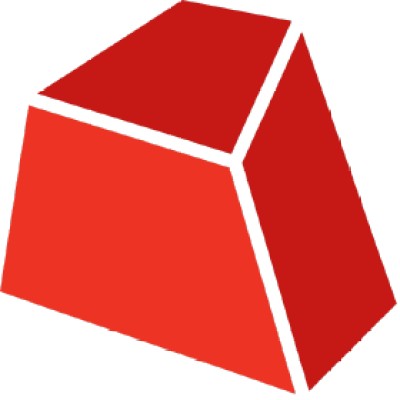
Moonlake AI envisions a future where creating immersive, interactive worlds is accessible to everyone, fundamentally changing how people design and experience virtual simulations and games. By democratizing the creation process, Moonlake AI empowers users to bring complex environments to life quickly and intuitively, bridging the gap between imagination and realization.
Harnessing cutting-edge AI technologies, including multi-modal reasoning, spatial planning, and real-time diffusion, Moonlake AI transforms natural language prompts into dynamic, interactive content with ease. This pioneering approach redefines creativity in digital media, robotics training, and AI development, making sophisticated simulations available beyond traditional expert circles.
At its core, Moonlake AI is building the foundation for the next generation of interactive experiences, where flexibility, speed, and intelligence combine to open new possibilities across gaming, education, and research, reshaping how we interact with virtual worlds.
Our Review
We've been watching Moonlake AI with genuine excitement since they emerged from stealth. When a team of Stanford AI Lab and NVIDIA veterans raises $28M to democratize interactive world-building, you pay attention. But what really caught our eye wasn't just the impressive funding — it's their ambitious vision to transform how we create immersive environments.
A Powerful Vision for Accessibility
What strikes us most about Moonlake AI is how they're tackling one of gaming's biggest barriers: the complexity of creating interactive worlds. Their approach using multi-modal reasoning models is clever — imagine describing your dream game world in plain English and watching it come to life. That's the kind of breakthrough that could revolutionize both indie game development and professional studios.
Technical Innovation That Impresses
The company's tech stack goes far beyond simple text-to-scene conversion. We're particularly impressed by their integration of spatial layout planning and real-time diffusion models. These aren't just buzzwords — they're solving real challenges in automated world generation that have stumped developers for years.
Where We See The Most Potential
While Moonlake AI's technology could serve multiple markets, we think their sweet spot lies in democratizing game development for smaller teams and individual creators. The ability to rapidly prototype interactive environments could be a game-changer for indie developers who typically lack the resources for extensive world-building.
That said, we're also intrigued by the potential applications in robotics simulations and AI training. This versatility suggests Moonlake AI isn't just building a product — they're creating an entirely new paradigm for interactive content creation.
Feature
Multi-modal reasoning models for interactive simulation generation
Spatial layout planning
Tool use across modern game engines
Program synthesis for logic
Simulation layers for reinforcement learning
Real-time diffusion models for reskinning worlds







